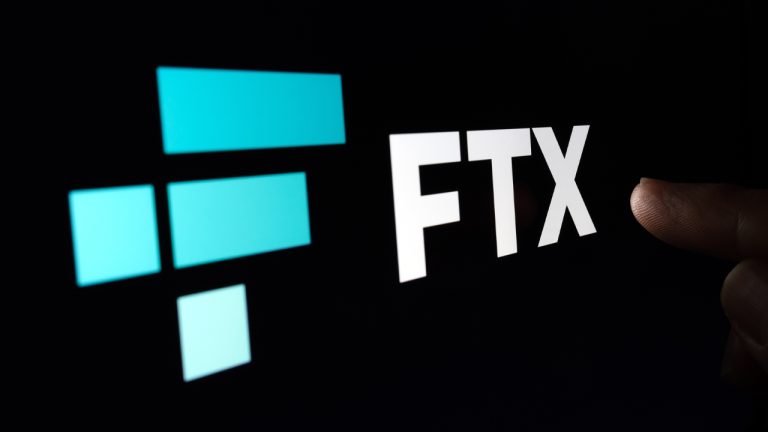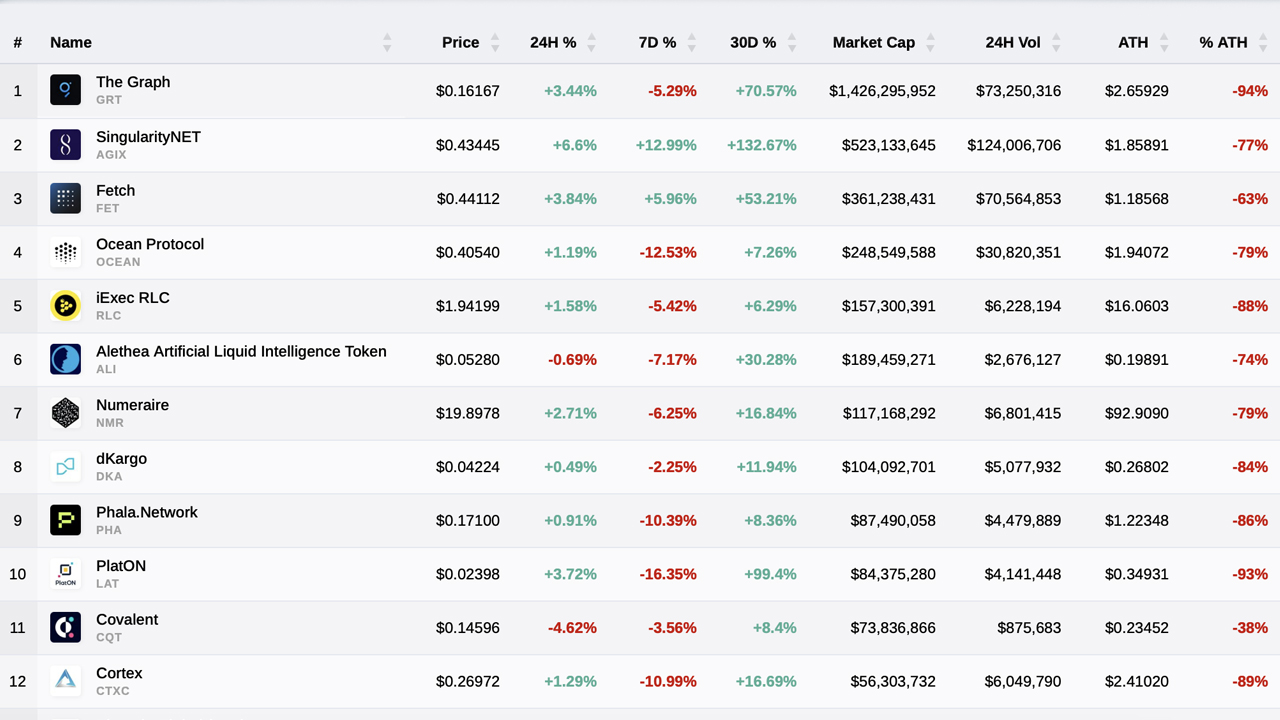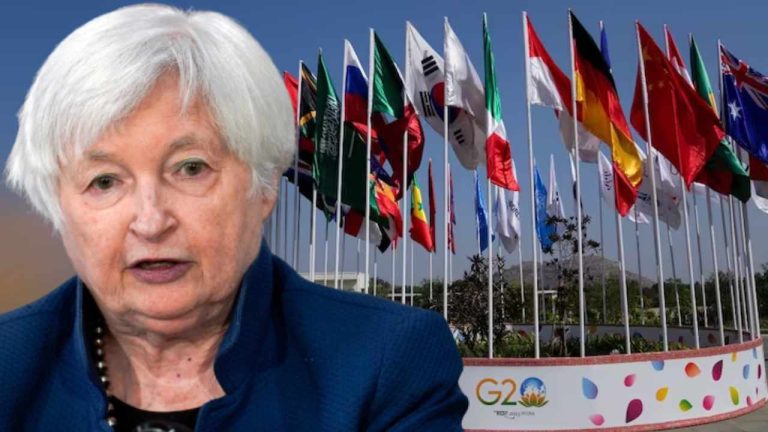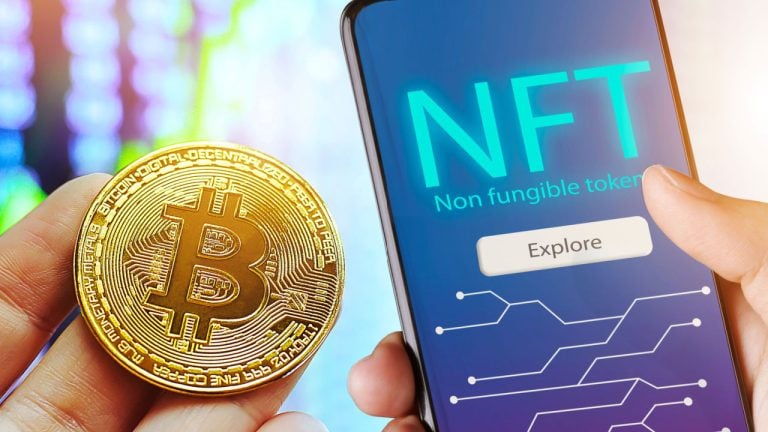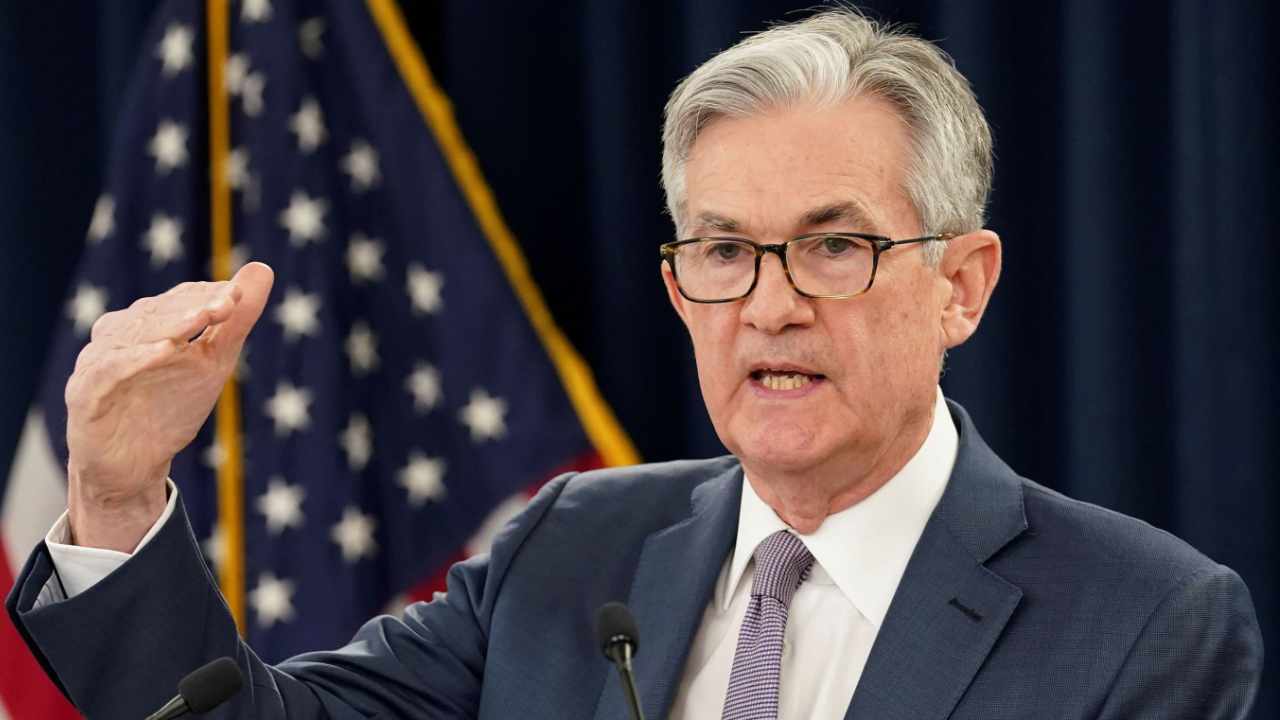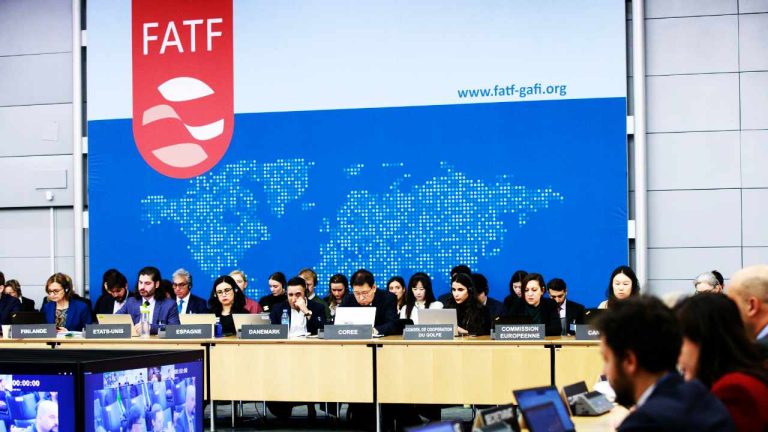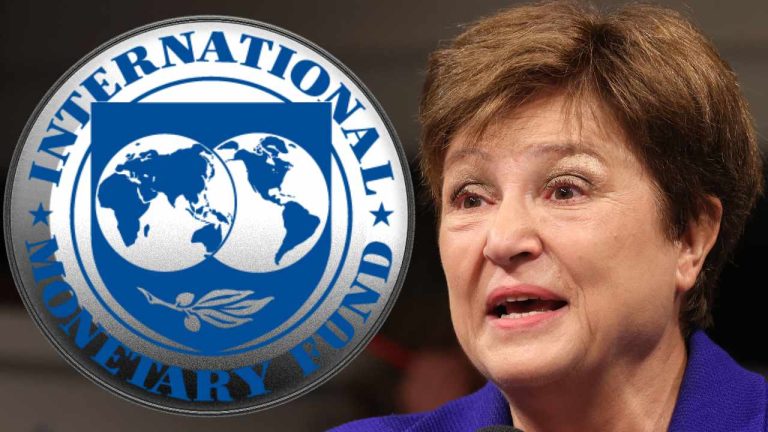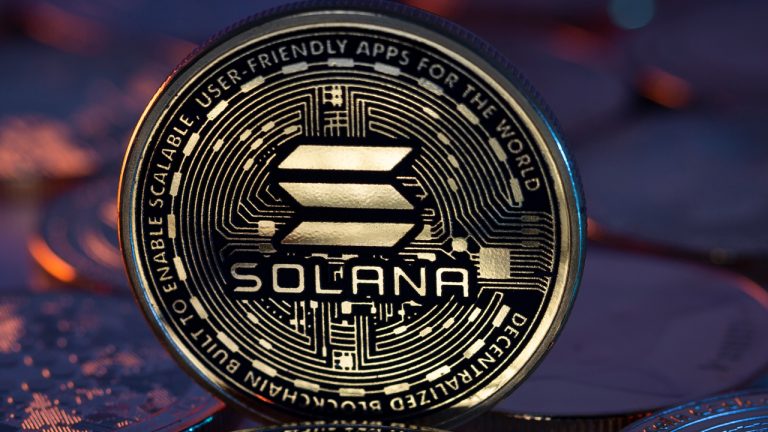
The two sides in the bitter conflict in Ukraine have been relying on crypto assets and technology to support their military and humanitarian activities, Elliptic says in a report. According to the blockchain forensics company, the targeted nation has attracted more digital asset donations than the invading power.
Ukraine Supporters Sent Over $212 Million in Cryptocurrency
Both Russia and Ukraine have employed blockchain technology to secure funding for their war efforts since Russian forces attacked on Feb. 24, 2022, Elliptic revealed in a report exploring the evolving role of cryptocurrencies in the conflict. The study is based on data compiled by the crypto analytics firm over the past year.
On the anniversary of the invasion, the company said that “many campaigns have sought to harness core developments in the crypto ecosystem to aid their fundraising – from decentralized finance (defi) to crypto pre-paid cards.” The digital cash was used for various purposes, from humanitarian causes to financing sanctioned groups.
The analysis of the transactions traced by Elliptic shows that the bulk of the money, $212.1 million worth of crypto assets, went to support Ukraine. Anti-government organizations in Belarus, a close political and military ally of the Russian Federation, attracted $0.7 million.
Pro-Russia groups have raised around $4.8 million for the Russian military and associated militias. More than 10% of these donations came from illicit sources, according to the report. These include darknet markets, sanctioned entities and stolen credit card vendors, the authors detailed.
At the same time, less than 2% of the cryptocurrency donated to Ukraine originated from this kind of sources, Forklog remarked in its coverage. The crypto news outlet also noted that since May 2022, activists supporting Russia have increased their funding and in June raised more bitcoin and ether than the Ukrainians.
Between the end of February and late September, Pro-Russian entities collected around $400,000 in crypto, according to a study conducted by the digital asset compliance and risk management firm TRM Labs. In July, blockchain intelligence company Chainalysis revealed that 54 such groups have collectively received over $2.2 million worth of cryptocurrency.
Ukraine’s Digital Minister Claims Majority of Military Suppliers Accepted Crypto
Many of the crypto funding initiatives on the Ukrainian side have been supported or initiated by the government in Kyiv, which received $83.3 million in its own wallets. Defi, non-fungible tokens (NFTs) and decentralized autonomous organizations (DAOs) have played a significant role in facilitating crypto fundraising for Ukraine, attracting over $78 million in donations, Elliptic highlighted, adding that Russian attempts to emulate Ukraine’s success in this area have failed.
Speaking to Yahoo Finance UK’s The Crypto Mile podcast, Ukraine’s Minister of Digital Transformation Alex Bornyakov revealed that his country has been buying military equipment using crypto and claimed that 60% of the suppliers accepted to be paid in digital currencies to provide Ukraine with essentials such as helmets and bullet proof vests.
More than 100,000 people have sent crypto to Ukraine, according to the report, and Bornyakov said that donations varied “from one dollars’ worth, to millions of dollars.” He pointed out that Ukraine turned to crypto at the start of the war because it needed immediate help. “If we used the traditional financial system it was going to take days,” he explained.
Do you think the two sides in the war will continue to rely on crypto donations to fund their military and humanitarian efforts? Share your thoughts on the subject in the comments section below.
via
Lubomir Tassev
